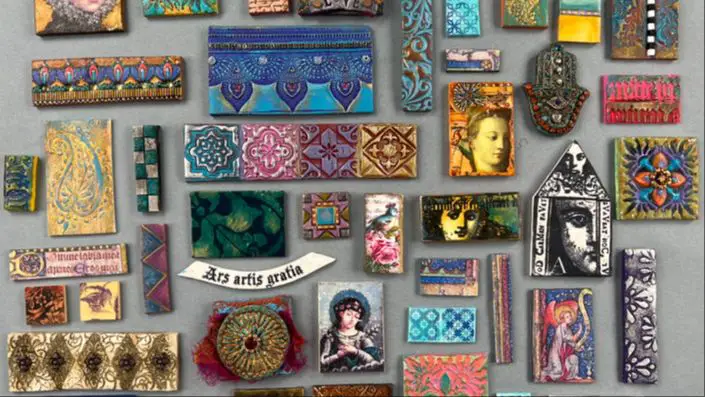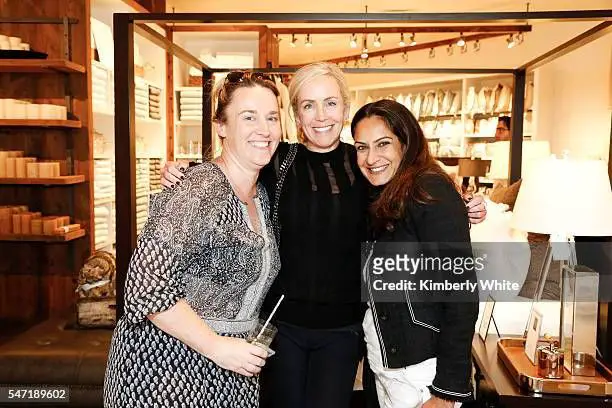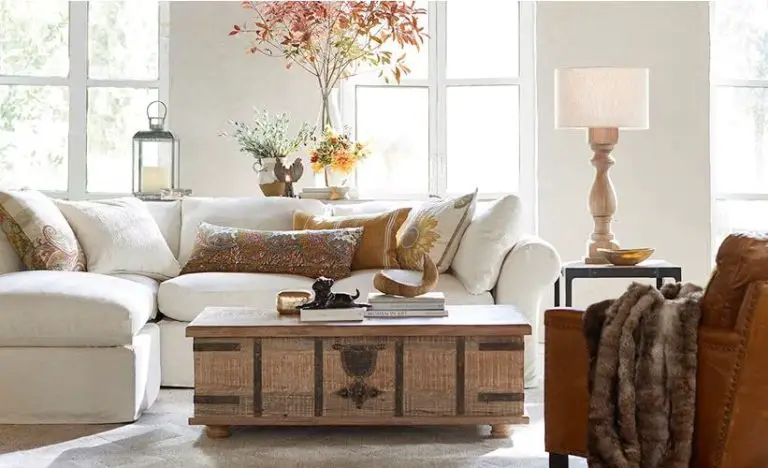Clay Art Inspiration Gallery: Ideas For Your Artistic Journey
Welcome to the Clay Art Inspiration Gallery
Clay is one of the most versatile and creative art mediums. From sculptures to pottery, jewelry to wall art, working with clay allows artists to make almost anything they can imagine. The tactile nature of clay and its malleability presents limitless possibilities. This gallery aims to provide inspiration for your own artistic clay journey.
We will explore the many forms clay art can take, from practical pieces like bowls and vases, to imaginative sculptures, mosaics, figurines and more. You’ll find beginner-friendly ideas as well as advanced techniques. Our goal is to ignite your creativity with this ancient yet timeless artform. The projects featured use modeling, air-dry and polymer clays so they are achievable for artists of all levels.
Let this collection of diverse clay art ignite new ideas and motivate your own unique artistic expression. Now let’s begin our inspirational journey into the world of clay!
Sculptures
Clay has been used to create sculptures for thousands of years. Some of the most famous clay sculptures include the Terracotta Army in China, created around 210-209 BCE to guard the tomb of Qin Shi Huang. The army consists of over 8,000 life-size terracotta figures of soldiers, horses, and chariots (Source: https://www.timeout.com/newyork/art/top-famous-sculptures-of-all-time). Another renowned clay sculpture is the Bust of Nefertiti, created in 1345 BCE during the Amarna period in Ancient Egypt. The bust depicts Queen Nefertiti and is known for its graceful elongated neck and exemplary craftsmanship (Source: https://www.timeout.com/newyork/art/top-famous-sculptures-of-all-time).
There are various techniques for sculpting with clay. Figurative sculpting often starts with an armature or wire frame to support the clay. Clay can be added gradually and sculpted using tools like loop tools, ribs, and wooden sticks. For shaping smooth contours, artists use a flexible metal rib. Textured effects can be created by imprinting the clay with various objects. Clay is an extremely versatile material that can be pinched, coiled, scraped, carved, etc. to create both realistic and abstract shapes.
When sculpting figures in clay, it’s important to capture the proportions accurately. Sculpting heads and portraits requires careful attention to the underlying skull structure. For sculpting animals, studying anatomy and movement helps convey realism. Abstract sculpting allows more creative freedom, using shapes, textures, and compositional balance to achieve an artistic effect. No matter the subject, clay’s responsiveness makes it a wonderful medium for bringing sculptures to life.
Pottery
Pottery is one of the oldest human inventions, dating back to prehistoric times before the Neolithic period. The earliest ceramic objects include the Gravettian culture Venus figurines such as the Venus of Dolní Věstonice. As early as 6,000 – 4,000 BC, pottery wheels emerged in Mesopotamia which revolutionized the speed and scale of production [1].
Pottery serves both functional and decorative purposes. Clay vessels were some of the earliest functional pottery for holding, storing and transporting food, water and other goods. Decorative techniques such as painting and glazing emerged to beautify utilitarian pieces. The black-figure and red-figure pottery styles of ancient Greece depicted people, animals and mythological scenes.
Glazing is a key technique for waterproofing and decorating the clay surface. Materials like quartz and feldspar are finely ground and applied before firing. Common glaze finishes include matte, crystalline, satin, and high-gloss. Another critical technique is the firing process which hardens the clay body. Firing temperatures typically range from 1,800 – 2,400°F. Modern influential potters include Bernard Leach who pioneered Western style stoneware in Britain and Shoji Hamada who popularized the Mingei folk-art movement in Japan.
[1] https://en.wikipedia.org/wiki/Pottery
Jewelry
Polymer clay is a popular material for creating beautiful jewelry pieces like beads, pendants, and rings. Polymer clay remains flexible and workable even after baking, allowing jewelry artists to achieve fine details and textures. Compared to natural clays, polymer clay offers vibrant colors that don’t fade or leach in water. It’s an accessible material for beginners because it doesn’t require a kiln to harden.
When working with polymer clay jewelry, specialized tools allow for intricately sculpting fine pieces. Tissue blades help slice thin sheets of conditioned clay for layering patterns. Clay shapers allow shaping smooth curves for beads and pendants. Textured rollers can imprint patterns onto the clay. Ring mandrels provide tapering cone shapes for forming rings. Needle tools create holes and fine details like etching. Using these tools, polymer clay jewelry makers can create sophisticated works of wearable art.
To get started with polymer clay jewelry, check out this tutorial: How to Make Polymer Clay Jewelry for Beginners
Wall Art
Clay is a versatile medium for creating unique wall art pieces that add visual interest to any space. From decorative clay plaques to sculptural wall hangings and sconces, clay allows artists to experiment with texture, shape, and form (Clay Object & Wall Hangings).
Using techniques like carving, modeling, or pinch pots, artists can create abstract wall hangings or pieces inspired by nature, animals, shapes, and more. Texture can be built up by adding slip, attaching found objects, or impressing designs into the surface. Bold shapes like circles, waves, and spirals make clay wall art pop off the wall.
Finishing techniques like glazing, painting, or staining allow further customization of color and look. Wall plaques can convey inspirational messages or depict interesting scenes. The organic, handmade look of clay art brings warmth and uniqueness to walls.
To mount clay wall art, use strong hardware like screw eyes and picture hanging wire. For heavy pieces, use French cleats. When hanging, consider weight distribution and anchor pieces securely into wall studs for safety.
Mosaics
Clay mosaics make for beautiful and long-lasting decorative art. Mosaics are made by arranging small pieces of tile, glass, or other materials to create a pattern or image. Clay is a fantastic material for DIY mosaics.
There are a few different approaches to clay mosaics:

- Using ready-made ceramic mosaic tiles and arranging them to form your design. Ceramic mosaic tiles can be purchased, though you can also handmake your own by slicing polymer or air-dry clay.
- Making a clay mosaic completely from scratch using fresh clay. Roll clay into thin sheets, cut into smaller pieces, and arrange on a base before firing.
- Combining clay tile pieces with other materials like glass or metal beads. The varied textures make for interest.
To make clay mosaic tiles, condition polymer or air-dry clay until smooth and pliable. Roll out to 1/4-inch thickness on a nonstick surface. Use cookie cutters or a craft knife to cut shapes, or slice freehand.
Allow your clay tiles to fully dry and cure before assembling the finished mosaic. Apply tiles to a secure backing like wood, plastic, metal, or terra cotta using tile adhesive suitable for the materials.
Clay mosaics make gorgeous backsplashes, wall art, furniture inlays, garden sculptures, and more. With some creativity and patience, you can design beautiful works of art to enjoy for years.
Figurines
Clay figurines have been found dating back over 20,000 years ago, showing that sculpture has been an important artform throughout human history. From ancient Greek Tanagra figurines to modern collectible figurines, these miniature clay sculptures allow artists to capture intimate snapshots of culture, history, mythology, and everyday life.
When sculpting a figurine, artists must decide whether to sculpt a realistic or cartoonish figure. Realistic figures aim to accurately depict proportions and details, while cartoonish or stylized figures exaggerate certain features for a more imaginative, fantastical, or amusing effect. Realistic figures often require more anatomical knowledge, while cartoonish figures allow more creative freedom.
Here are some tips for sculpting figurine faces and expressions:
– Study facial anatomy and the underlying skull structure
– Pay close attention to the eyes, as these convey much of the expression
– Consider the angle of the head when planning the face
– Use small, subtle touches of clay to sculpt lifelike wrinkles and skin textures
– Exaggerate features and expressions for a cartoonish style
When posing figurines, strive for natural, balanced stances. Plan the angles of head, torso, arms and legs to convey movement and attitude. Use an armature wire for support. Consider the figurine’s purpose when choosing the pose – will it be actively displayed, interacted with, or preserved on a shelf?
With practice and patience, clay allows limitless possibilities for sculpting figures that can capture a moment in time (Source: https://www.instructables.com/Sculpting-with-Polymer-Clay/). Figurines make excellent gifts, collectibles, stop motion characters, gaming miniatures, and more.
Bowls
Clay bowls are a versatile and classic form that can be made in countless shapes and sizes. Some popular styles of bowls include raku bowls, pinch pots, slab-built bowls, and wheel-thrown bowls (“Bowl Making: The Inversion Technique”). Raku firing involves removing red-hot bowls from the kiln and placing them into containers with combustible materials to produce colorful metallic finishes (“How To Make a Clay Bowl By Hand”).
To create unique textures, bowls can be impressed with found objects before firing or incorporate additions like handles or feet. Adding slip trailing, sgraffito designs, or brushwork extends the visual interest. For functional ware, bowls require food-safe glazes free of lead and toxic metals.
Exploring unusual shapes such as oblong, oval, square, or faceted bowls allows clay artists to break free from round forms. Integrating slabs, coils, and altered wheel-thrown forms opens up creative possibilities for one-of-a-kind bowl shapes.
Getting Started
When beginning your clay art journey, it’s important to start with the right materials and techniques. Here are some tips for getting started:
Best Clay Types for Beginners
Polymer clay is a great choice for beginners, as it doesn’t require firing and is easy to condition and shape. Some popular brands are Sculpey and Fimo. Air-dry clays like Crayola Model Magic are also beginner-friendly. Avoid oil-based clays and porcelain clays at first, as they can be trickier to work with. A Beginner’s Guide to Sculpting in Clay recommends testing out a few clay types to see which you prefer.
Essential Tools and Supplies
Basic tools like a roller, clay shaper, and sculpting tools will enable you to shape and smooth the clay. A work surface like a ceramic tile, mat, or canvas is also useful for protecting your table. An acrylic roller is great for conditioning polymer clay. You’ll also need an oven for baking polymer clay creations. Gather inspiration images for reference as you work. 20 Polymer Clay Tips for Beginners suggests keeping clay sealed and away from moisture, which can ruin it.
Techniques for Handbuilding vs Wheel Throwing
Handbuilding techniques like pinch pots, coils, and slabs allow you to shape clay freeform with your hands. Wheel throwing involves centering clay on a spinning pottery wheel and using tools to shape it. For beginners, handbuilding is often easier to start with. Find step-by-step handbuilding tutorials to learn techniques like scoring and slipping clay. Practice wheel throwing basics like centering clay and opening up cylinder forms.
Finding Inspiration
Look at art books, Pinterest, Instagram, Etsy, and museums to find inspiration for your clay creations. Observe the natural world around you, bringing elements like plants, animals, and landscapes into your art. Experiment with textures, patterns, shapes, and combining multiple techniques. Let your imagination guide you as you develop your artistic voice.
Conclusion
In this guide, we covered a variety of clay art types including sculptures, pottery, jewelry, wall art, mosaics, figurines and bowls. Clay is such a versatile material that allows artists to shape, mold, carve, paint and glaze their creations. The textures and colors that can be achieved are endless.
Hopefully this gallery has ignited inspiration within you to explore your own artistic talents. Pick up some clay and modeling tools and see what you can create. Let the clay take shape in your hands. Don’t be afraid to experiment and make mistakes – that’s how we learn.
If you’re interested to take your skills further, there are many resources available. Check your local community center or arts school for clay modeling classes. Look for books, videos and online tutorials to build your techniques. Connect with other clay artists via social media groups and learn from each other.
Clay art is a journey of discovery. Wherever you are on your artistic path, keep playing, having fun and bringing your imagination to life. The only limit is your creativity.




